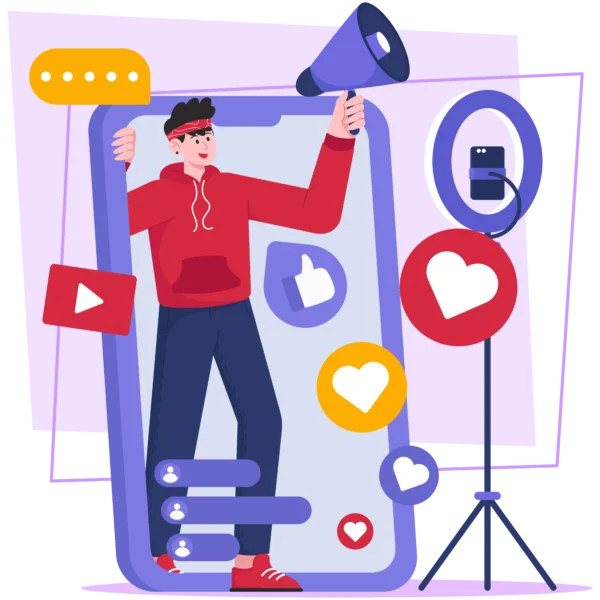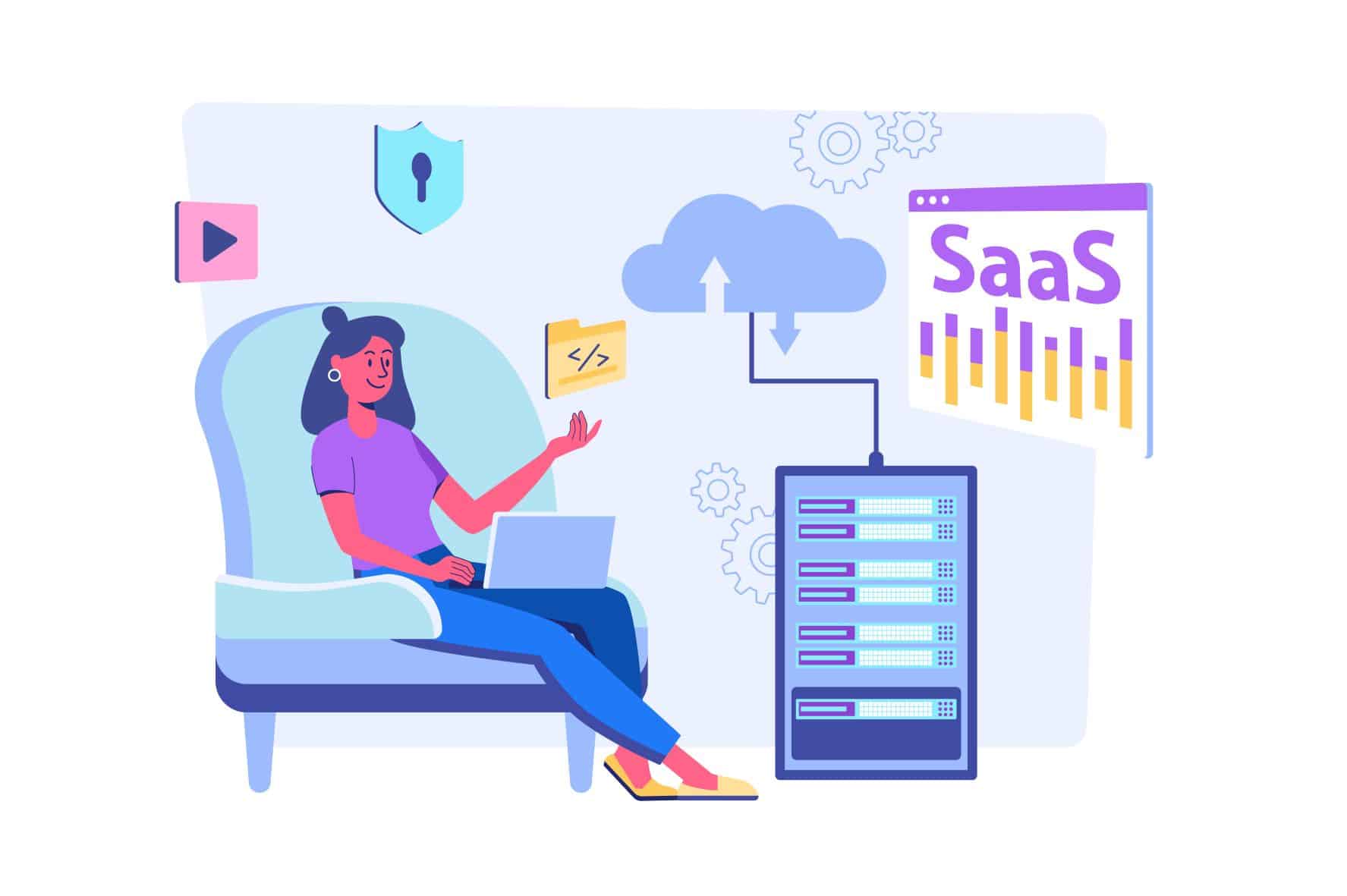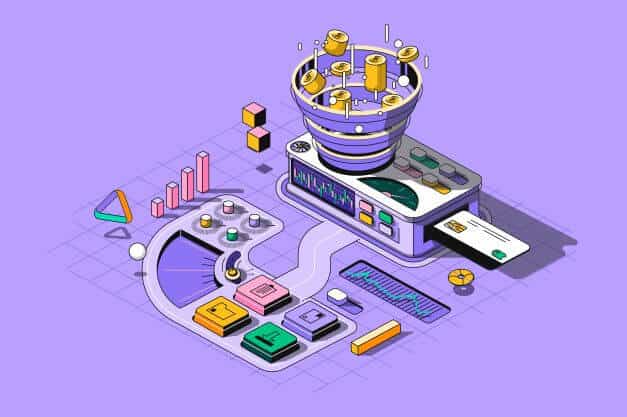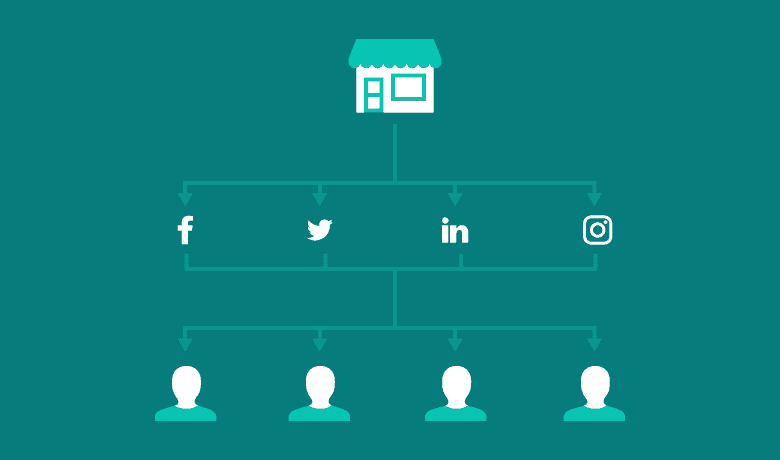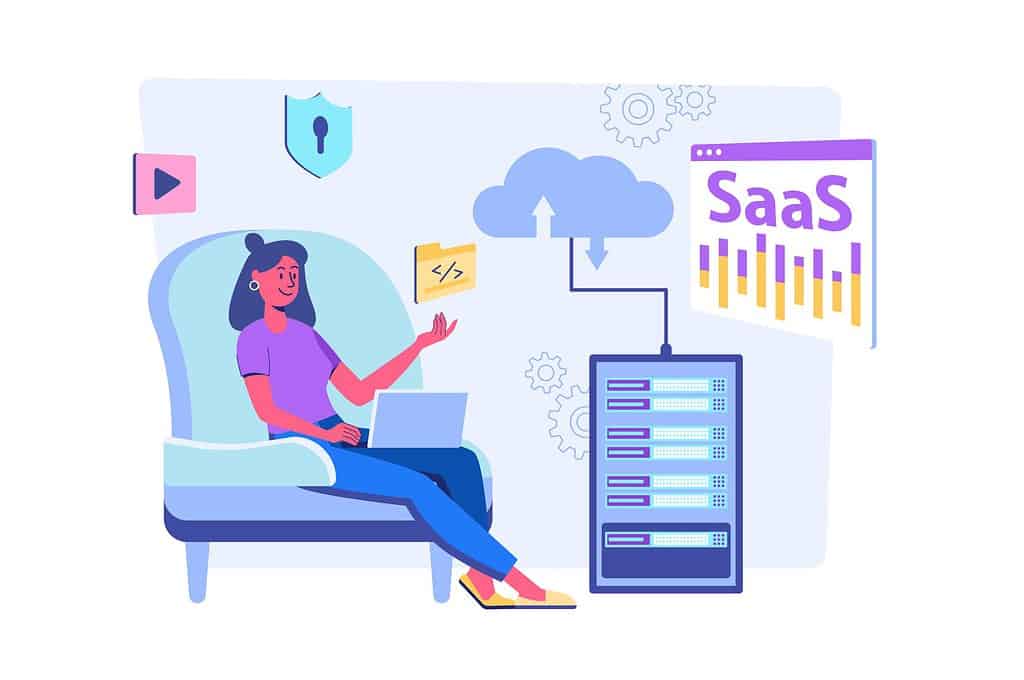Introduction to Email Marketing Automation: Harnessing the Power of Top Tools
Email marketing automation has the potential to revolutionize your business. By automating repetitive tasks, you can save time, drive sales, and focus on more strategic initiatives. In this guide, we will explore the top email marketing automation tools, and explain how to use them effectively in your marketing strategy.
1. Crafting Automated Email Sequences: Welcome Email Series and New Subscribers
1.1 Importance of a welcome email series for new subscribers
A welcome email series is crucial for new subscribers because it establishes a connection and sets the tone for future communications. By crafting an engaging welcome series, you can improve subscriber retention and encourage conversions.
1.2 Tips on crafting the perfect welcome email series
To create a successful welcome email series, consider the following tips:
Personalize the subject line and greeting.
Introduce your brand and its value proposition.
Offer an incentive, such as a discount or free resource.
Set expectations for future emails.
Encourage engagement with a clear call-to-action.
1.3 How automated sequences help convert subscribers
Automated email sequences ensure timely and relevant communication with new subscribers. By delivering targeted content that addresses their needs and interests, you can increase the likelihood of conversion.
2. Personalization and Behavioral Triggers: Combining Email Automation for Maximum Impact
2.1 The role of personalization in email marketing automation
Personalization is essential in email marketing automation because it demonstrates that you understand and value your subscribers. By tailoring content based on individual preferences, you can increase open rates, click-through rates, and conversions.
2.2 How to use behavioral triggers to enhance personalization
Behavioral triggers are actions taken by subscribers that signal their interests, such as clicking a link or making a purchase. To use behavioral triggers effectively:
Set up automated emails based on specific subscriber actions.
Personalize content based on the trigger, such as recommending related products or providing a special offer.
Monitor and adjust your triggers to optimize performance.
2.3 Benefits of combining email automation and personalization
Combining email automation with personalization allows you to deliver highly relevant content that resonates with subscribers. This approach can lead to increased engagement, improved customer loyalty, and higher sales.
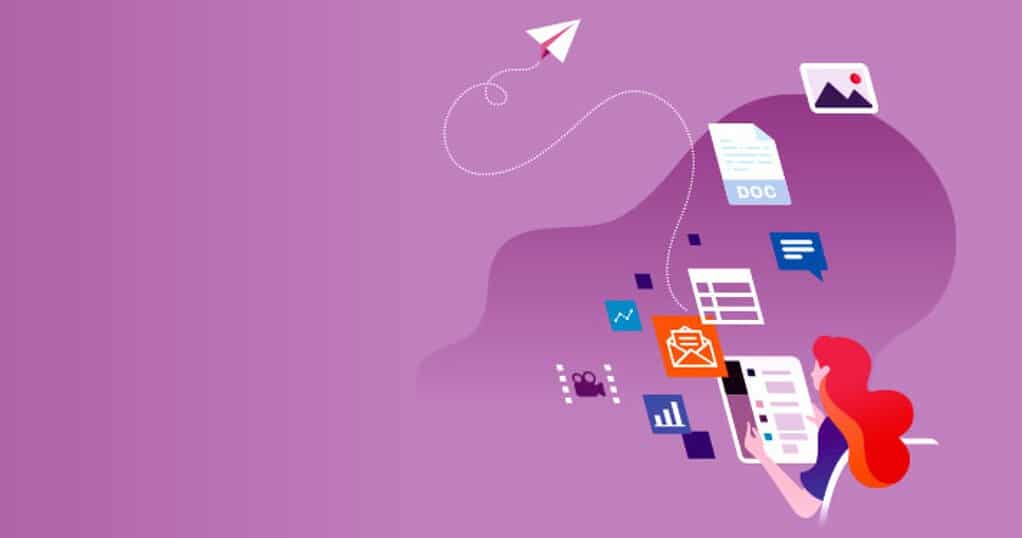
3. Drip Campaigns and Lead Nurturing: Driving Sales with Strategic Email Sequences
3.1 What are drip campaigns and their benefits
Drip campaigns are a series of automated emails sent over time to nurture leads and guide them through the sales funnel. Benefits of drip campaigns include:
Increased engagement through timely, relevant content.
Improved lead nurturing, leading to higher conversion rates.
Enhanced customer retention and brand loyalty.
3.2 How drip campaigns help nurture leads and drive sales
Drip campaigns nurture leads by providing valuable content and offers that address their needs at different stages of the sales funnel. By doing so, you can build trust and gradually move leads towards a purchase decision.
3.3 Best practices for creating effective drip campaigns
To create successful drip campaigns, follow these best practices:
Segment your audience based on their interests and behaviors.
Develop a clear goal and timeline for each campaign.
Personalize content and offers to improve relevance and engagement.
Test and optimize your campaigns based on performance data.
4. Email Segmentation and Subscriber Engagement: A/B Testing for Success
4.1 Importance of email segmentation in email marketing automation
Email segmentation is vital for marketing automation because it allows you to target specific subscriber groups with tailored content. This increases the likelihood of engagement and conversion
4.2 How to use A/B testing to optimize subscriber engagement
A/B testing involves comparing two variations of an email to determine which performs better. To use A/B testing effectively:
Identify an element to test, such as subject lines or call-to-action buttons.
Create two versions of the email with different variations of the element.
Send each version to a portion of your subscribers.
Analyze the results and implement the winning variation in future campaigns.
4.3 Tips for successful email segmentation and targeting
To improve your email segmentation and targeting, consider these tips:
Collect relevant data on subscriber preferences and behaviors.
Create segments based on factors like demographics, past purchases, or engagement levels.
Test and refine your segments over time for optimal results.

5. Retention Email Strategy: Boosting Email Open Rates and Click-Through Rates
5.1 The significance of a retention email strategy
A retention email strategy aims to keep subscribers engaged and encourage repeat business. By focusing on long-term relationships, you can improve customer lifetime value and overall revenue.
5.2 Tactics to improve email open rates and click-through rates
To boost email open rates and click-through rates, try the following tactics:
Write compelling subject lines that entice subscribers to open your emails.
Personalize content and offers based on subscriber preferences and behaviors.
Use clear and engaging calls-to-action to drive clicks.
Test different email formats, designs, and send times to identify what works best for your audience.
5.3 How a strong retention strategy can drive sales
A well-executed retention strategy can lead to increased customer loyalty, repeat purchases, and higher average order values. By providing valuable content and offers tailored to subscriber interests, you can encourage long-term engagement and drive sales.
6. Measuring Success: Email Campaign Metrics and Marketing Automation Best Practices
6.1 Key email campaign metrics to track success
To measure the success of your email campaigns, track the following metrics:
Open rate: The percentage of subscribers who opened your email.
Click-through rate (CTR): The percentage of subscribers who clicked a link within your email.
Conversion rate: The percentage of subscribers who completed a desired action, such as making a purchase.
Unsubscribe rate: The percentage of subscribers who opted out of receiving future emails.
6.2 Best practices for utilizing marketing automation tools
To get the most out of your marketing automation tools, follow these best practices:
Integrate your tools with other marketing and sales platforms for seamless data sharing.
Continuously monitor and optimize your campaigns based on performance data.
Regularly update your subscriber list to maintain high-quality contacts.
Prioritize security and data privacy to protect your subscribers and maintain compliance.
6.3 How to adjust your strategy based on metrics and feedback
Use the insights gained from your email campaign metrics to refine your strategy. For example, if your open rates are low, experiment with different subject lines or send times. If your conversion rates are not meeting expectations, consider adjusting your offers or targeting criteria.
Conclusion: Try Now and Transform Your Email Marketing Strategy
Email marketing automation can save time, drive sales, and enhance the overall effectiveness of your marketing efforts. By implementing the strategies and best practices outlined in this guide, you can take your email marketing to new heights. Don’t hesitate – harness the power of email marketing automation tools and transform your email marketing strategy today!
For additional resources, check out these related articles:
Top Email Marketing Automation Tools You Need to Try Now
[Crafting Automated Email Sequences That Convert](/crafting-automated-email -sequences-that-convert)
Harnessing the Power of Behavioral Triggers in Email Automation
How to Automate Your Welcome Email Series for New Subscribers
Combining Email Automation with Personalization for Maximum Impact
By incorporating elements like numbered lists, toggle lists, bullet points, bold text, H1, H2, and H3 formats, and underlining, you can ensure that your email marketing automation guide is easy to read and understand. Stay informed, keep learning, and continually optimize your approach to maximize the impact of your email marketing automation efforts.



